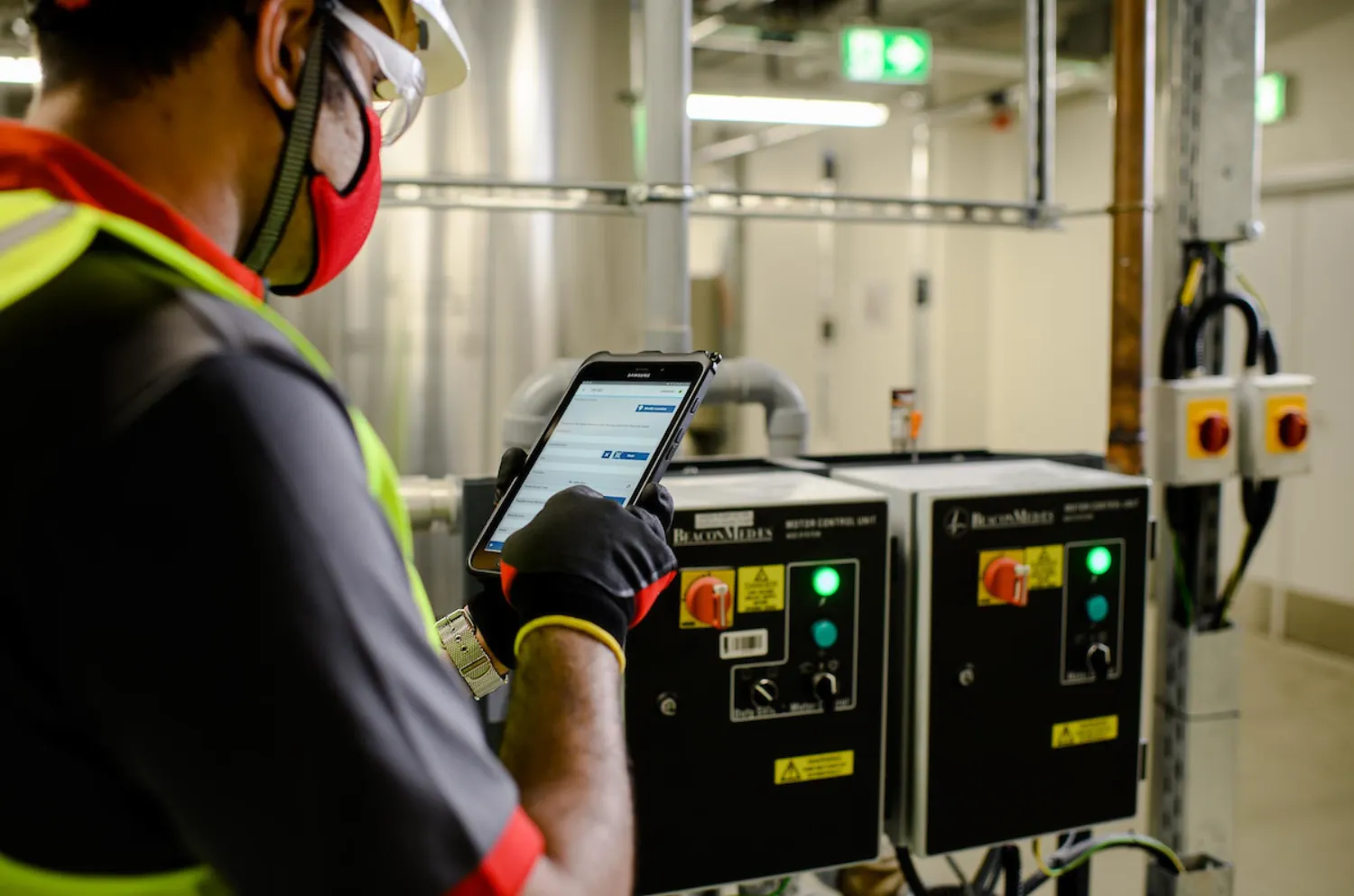How Big Data is becoming a game changer for Facilities Management
Big Data and Analytics are becoming crucial for
Facilities Management and Engineering transformation. The ability to set up an intelligent network of devices and databases provides greater visibility into asset features, performances, and trends than ever before, enhancing stakeholder decision-making. Future is promising more investments by FM organizations into
Big Data as and when new and sophisticated technologies emerge.
Making superior business decisions using Big Data techniques boosts earnings and speed expansion. Here is where the advantages of digital data sources over conventional data sources become clear: in the consolidation and understanding of client behaviour. FM clients anticipate receiving state-of-the-art data analytics that will provide timely and reliable service. Customers also expect that their chosen service provider will use the data to get a deeper knowledge of their needs and preferences and offer consistent service across all their preferred channels of interaction. Data analytics has several uses and may help clarify what results in an FM service provider and their client's needs.
History
The digital revolution is changing the FM industry through the amount of data being processed in multi-platform devices and databases. In the first half of 2022, we analyzed 214,524 maintenance data sets gathered across 80,000 locations under 752 Buildings across UAE. This helped us to:
- Stay competitive in the FM business market
- Reduce overall business risks/better visibility
- Drive the vision of our customers to capitalize on equipment and assets performance data
- Improve customer-centric services
Data gathered may help us make better decisions. Information may be transformed into useful knowledge via careful study and analysis for:
The prediction of impending equipment maintenance
The deployment of a relevant prediction to repair assets may be aided by data analytics. To do this, a facility's systems should work together. These technologies improve interoperability, allowing information to be more freely integrated across various building sections and used to predict critical assets requirements including future operational costs and forward-maintenance of the equipment.
Consider the use of demand response and light-level sensors.
LED streetlights equipped with data-gathering sensors have replaced incandescent bulbs. Utility companies may use the collected information to investigate system faults in-depth and find cost-effective methods of improving energy efficiency.
Facilities may use a benchmarking tool to compare their energy usage trends and trash levels.
Through the analysis of collected data, facilities may also improve their performance. Managers might think of ways to save costs and boost productivity by contrasting the output of various facilities.
Controlling the operation of structures
By making relevant data easily accessible and accurate,
Big Data has the potential to release substantial value. Because electricity and energy consumption are not uniform, facilities equipped with smart sensors or smart meters can quickly and easily access data and spit out solutions that permit facilities and customers to move any unnecessary electricity or energy consumption to off-peak hours.
In addition to reducing operational costs, facilities may use
Big Data to enhance their structures' efficiency. The most recent information and data are available in building management systems (BMS) that are implemented at different locations and relied on by facility managers. Facilities now have real-time visibility to analyse the
Big Data generated by smart sensors.
Focus
Our FM Operations are now focused on
Big Data and Analytics to provide automated asset monitoring and maintenance opportunities to increase equipment uptime.
At present,
Big Data is at an emerging state in Khansaheb FM, which includes multisets of data from:
- Computer-Aided Facilities Management (CAFM)
- Building Management System (BMS)
- Building Information Modelling (BIM)
- Inter-Vehicle Monitoring System (IVMS)
- Enterprise Resources Program (ERP)
- Microsoft Dynamics
- Business Intelligence Suite
- Mobility Solutions
- Client Systems Integration
Challenges
Most FM organizations are facing significant challenges in getting their hands on structured data as most of the data is either unstructured or semi-structured, which makes it challenging to get to a stage where the decisions and enhancements are made based on verified structured data. Emphasis needs to be put on getting the basics right, i.e., getting consistent, accurate, and complete data from facility/asset.
The complexity of building systems necessitates regular upkeep. The following are some of the most significant obstacles faced by facility and energy managers:
- Bad energy measurement techniques
- Differences in structure
- insufficient energy management systems
- A lack of insight into how things are doing
Because datasets readily highlight present operational complexity and drive enhanced decision-making,
Big Data may rescue many facilities from such fallouts, even though they have a detrimental influence on operational efficiency.
Some of the other challenges that are faced include:
· Analytics talent gap
· Legacy system issues
· Funding
Verdict
Big data is rapidly developing in both size and importance. Complexity in the market will affect the Big Data landscape. Facilities may benefit from a deeper understanding of their operations by analysing past data and using today's tools to make more informed, effective data-driven choices.
